Chinese visit bolsters business ties

During his November 5-6 state visit to Vietnam, China’s Communist Party General Secretary and President Xi Jinping held bilateral talks with Vietnamese Communist Party General Secretary Nguyen Phu Trong and State President Truong Tan Sang. Jinping also met with Prime Minister Nguyen Tan Dung and National Assembly Chairman Nguyen Sinh Hung.
According to a joint statement released after the visit, the two countries set a target of reaching a bilateral trade turnover of $100 billion in 2017.
In 2014, the fugure reached $58.5 billion with China enjoying a trade surplus of $28.9 billion, up 22 per cent from 2013.
In the last 10 months, the figure was $54.9 billion, with Vietnam incurring a trade deficit of $27.1 billion, up 17.3 per cent from one year earlier.
The two sides agreed that they would negotiate and possibly sign a new agreement on economic-trade co-operation for the next five years. They will also revise the “Vietnam-China Border Gate Trade Agreement” with more favourable conditions facilitating both sides’ enterprises to do business in their respective countries.
Dung suggested that China further facilitate Vietnamese goods, especially agricultural products’ entry to the Chinese market, and that the former give favourable conditions for the latter to open more trade promotion offices in China.
The leaders also pledged to further strengthen bilateral co-operation in the two countries’ memorandum of understanding on trading agricultural products. Mechanisms are to be put in place to help enterprises on both sides expand trade in these goods. Additionally, both countries and localities are encouraged to establish trade promotion agencies.
The leaders also agreed to cement co-operation in many sectors, such as construction materials, supporting industries, machinery and equipment, electricity, and renewable energy.
China decided to provide a $300 million concessional loan for the construction of the Mong Cai-Van Don highway project and another $250 million preferential loan for the Cat Linh-Ha Dong urban railway project.
In addition, China will provide 1 billion yuan ($157.43 million) in aid for Vietnam over the next five years to build schools and hospitals.
The leaders agreed that the two countries should establish a joint working group soon, which would be in charge of developing a master plan on building a cross-border economic co-operation area. Measures are also to be taken to attract investment into the $100 million Long Giang Industrial Park in the southern province of Tien Giang, and the $175 million An Duong Industrial Park in the north-eastern city of Haiphong.
According to the Vietnamese Ministry of Planning and Investment, as of September 20, 2015, China had 1,193 valid investment projects registered, worth $8.24 billion.
Due to the geographical proximity and Vietnam’s improved investment climate, Chinese enterprises are finding Vietnam a good market to do business. For example, China-based Texhong Textile Group Limited has so far constructed five yarn factories in Nhon Trach Industrial Park (IP) in the southern province of Dong Nai, with a cumulative registered capital of $200 million. Apart from these factories, the group also has another $300-million yarn factory operating in the north-eastern province of Quang Ninh since 2013.
Texhong has planned to invest in a 2,000-megawatt thermal power plant within the Texhong Hai Ha IP to serve all of its secondary projects there. The group signed a memorandum of understanding with Quang Ninh on the project in 2014. Texhong also intends to call for some 200 Chinese investors to do business in the IP, in a bid to turn the IP into a closed textile value chain.
Likewise, a joint venture between China Southern Power Grid Limited and Vietnam National Coal-Mineral Industries Holding Corporation started construction of the build-operate-transfer Vinh Tan 1 coal-fired thermal power plant in Binh Thuan province three months ago. The investment cost will be as high as $2 billion, and Chinese investors account for 95 per cent of the registered capital.
Co-operation agreements signed in the course of the visit:
-Agreement on co-operation in training officials between the two parties for 2016-2020
-Agreement on free travel of boats and ships via Bac Luan estuary
-Agreement on protecting and exploiting tourism resources at Ban Gioc waterfall
-Agreement on establishing cultural centres in each nation
-Exchange of diplomatic notes on the feasibility of Vietnam’s Lao Cai-Hanoi-Haiphong railway.
-Memorandum of understanding on boosting the co-operation in production capacity
-Memorandum of understanding on optimising the design of the Vietnam-China Friendship Palace
What the stars mean:
★ Poor ★ ★ Promising ★★★ Good ★★★★ Very good ★★★★★ Exceptional
Latest News
More News
- VIR to host seminar on ESG integration (November 19, 2024 | 08:45)
- ESG implementation spurs bank progress (November 18, 2024 | 13:37)
- Green-digital transition must start with proper mindset (November 13, 2024 | 16:49)
- New Zealand shares sustainable development experience with Vietnam (November 13, 2024 | 15:55)
- Vietnam on the verge of green industrial revolution (November 12, 2024 | 15:57)
- VIR sustainable development conference opens in Hanoi (November 12, 2024 | 09:42)
- Taking the lead in dual transition for a greener Vietnam (November 11, 2024 | 17:00)
- Vietnamese consumers careful amid economic volatility (November 11, 2024 | 13:55)
- Quality must come first in chip mission (November 11, 2024 | 10:33)
- Vietnam's digital economy estimated to reach $36 billion in 2024 (November 07, 2024 | 13:52)




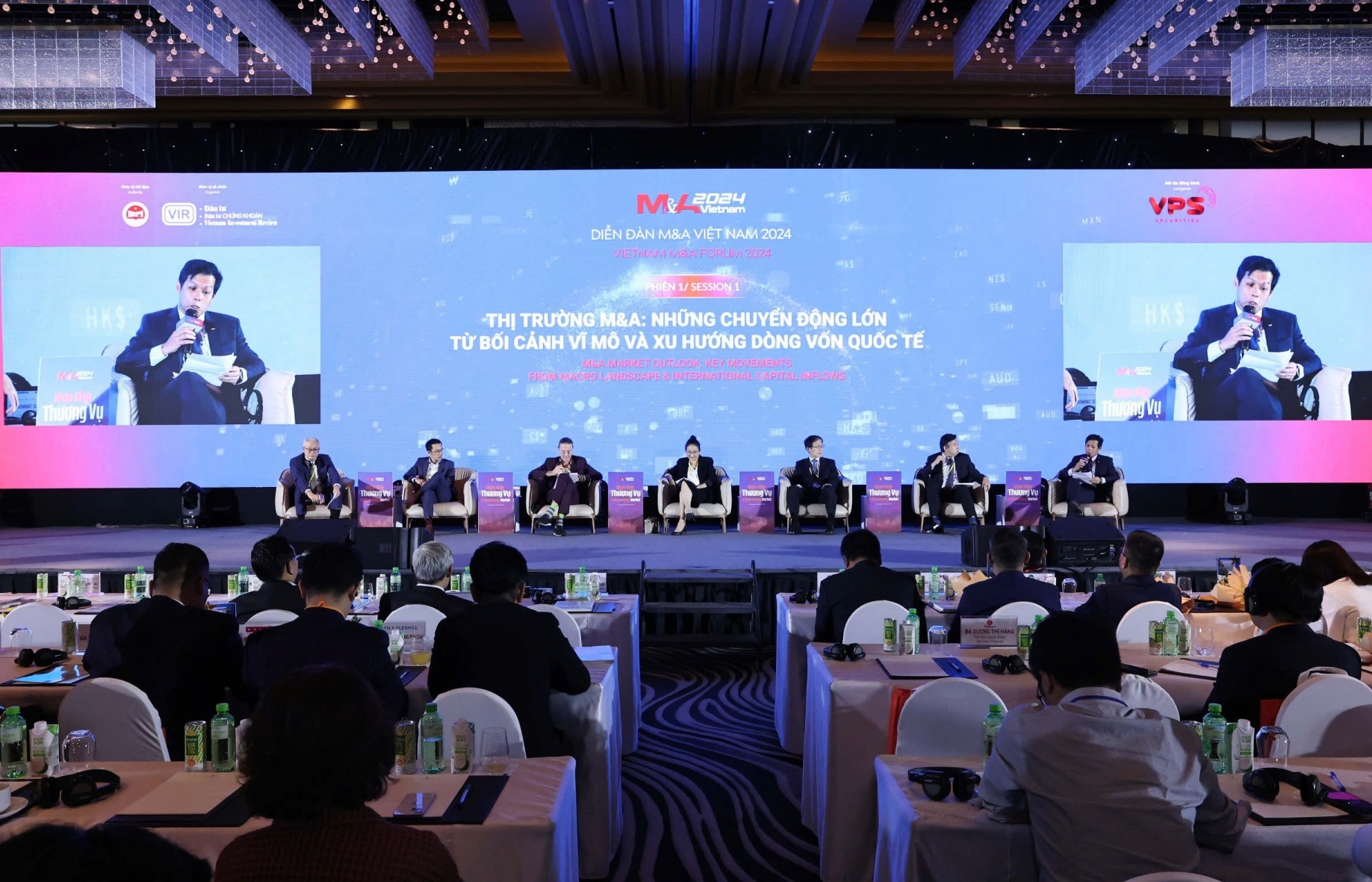
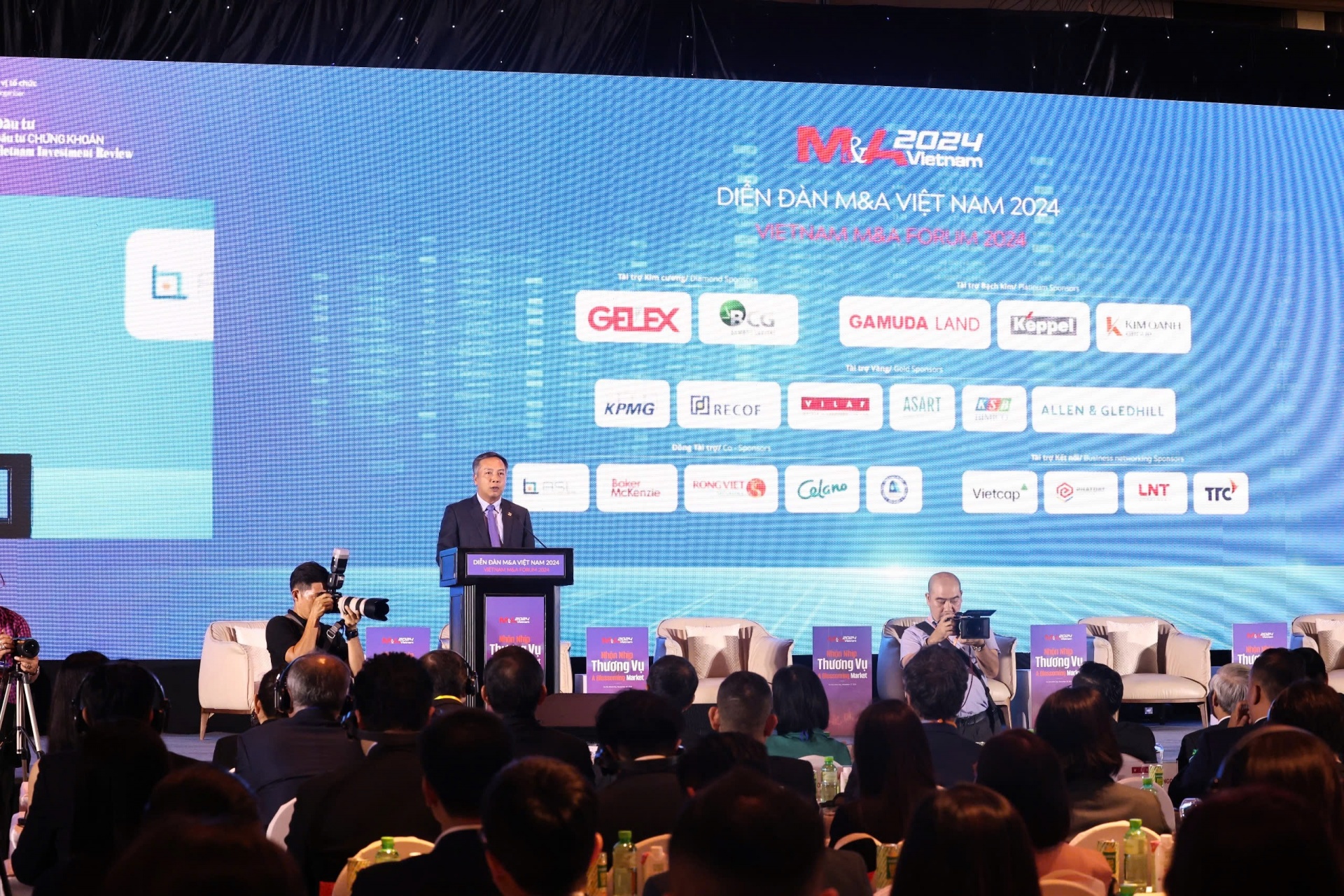
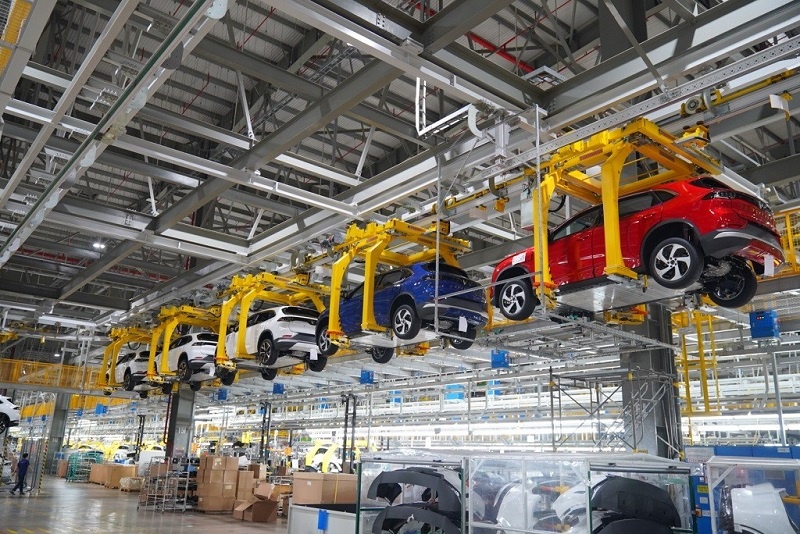

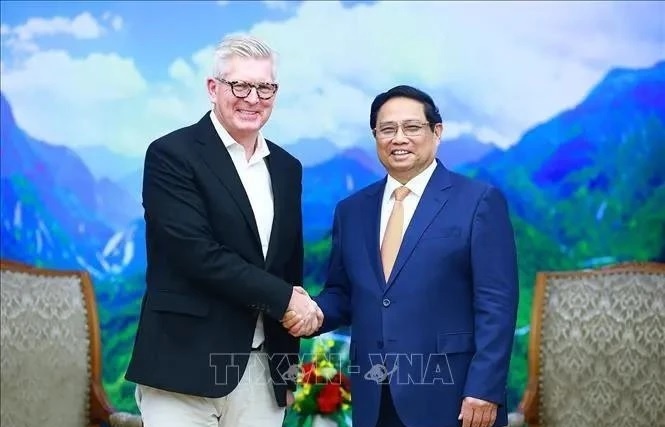




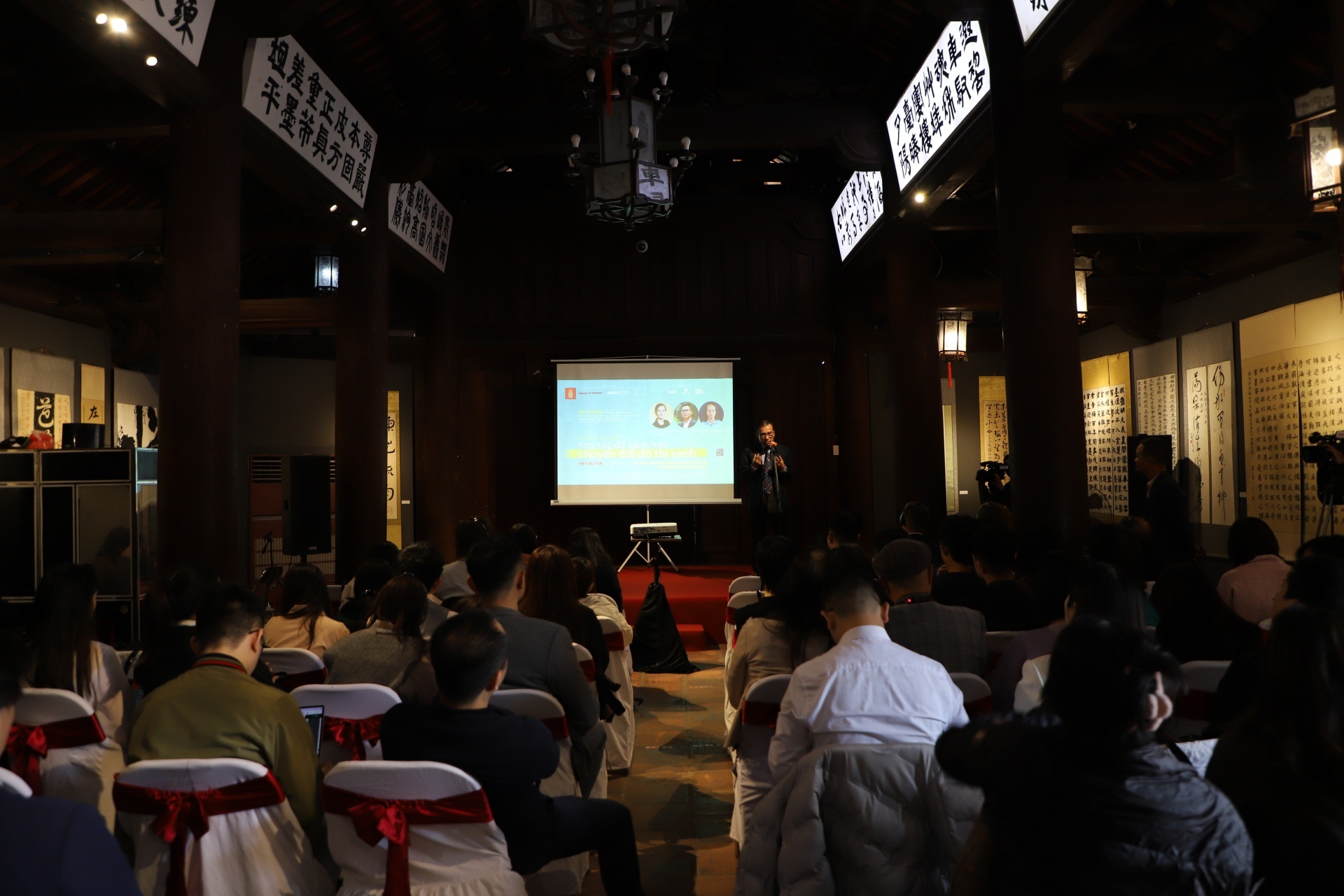
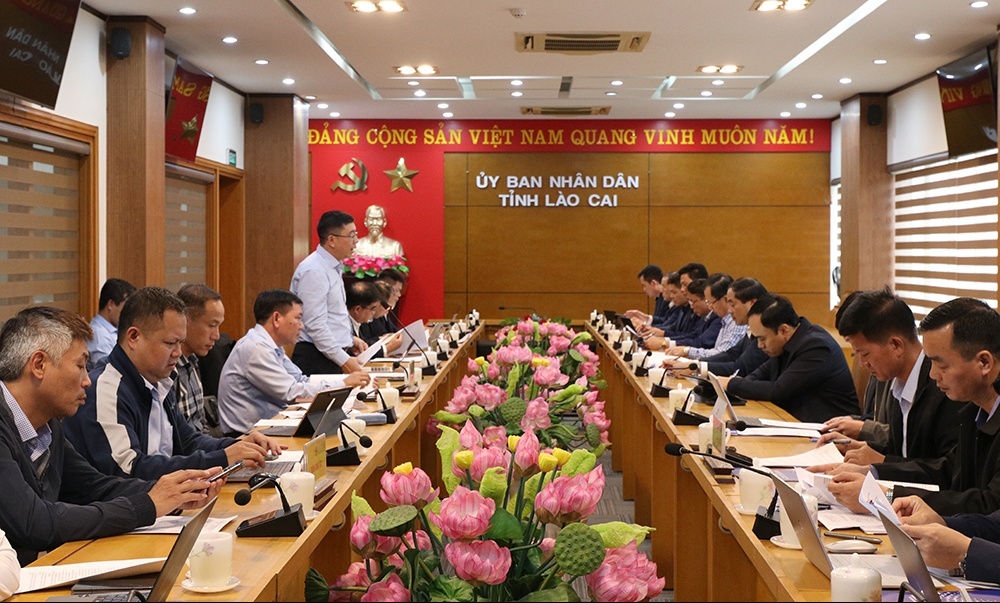
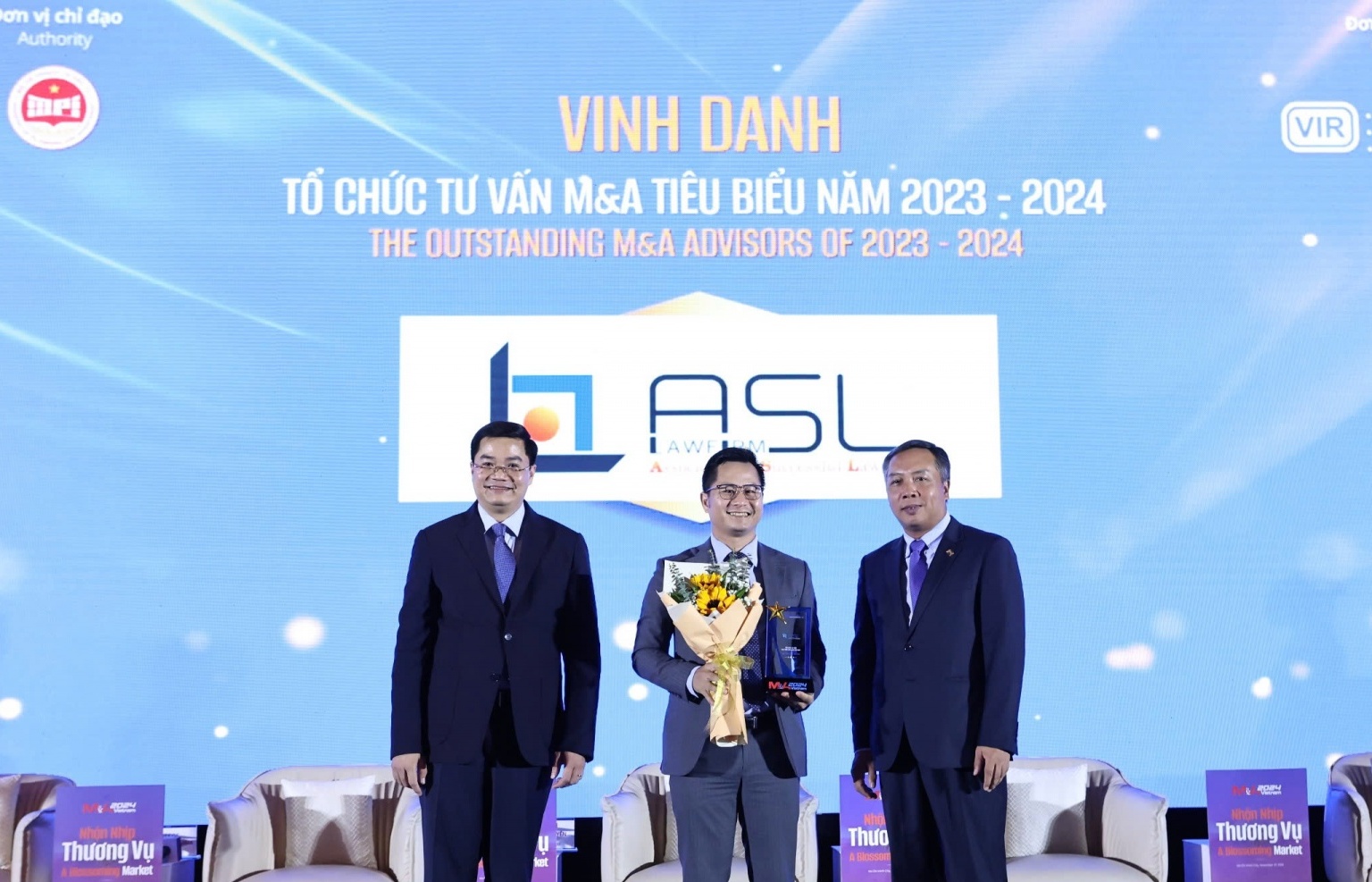




 Mobile Version
Mobile Version